Camera Obscura

A camera obscura is a dark room with a small hole in one wall. When it’s bright outside, light enters through the hole and projects an upside-down image of the outside world onto the wall. The camera obscura was used in the 13th century for safe observation of eclipses and artists started to use them in the `15th century. The term “camera obscura” was first used by the German astronomer Johannes Kepler in the early 17th century. He used it for astronomical applications and had a portable tent camera for surveying in Upper Austria.

Early models of the camera obscura were large and consisted of a literal room or a tent. Later more portable variants were invented. They were wooden boxes that had a lens instead of a pinhole that can be moved to provide a focus. They also had a mirror that rotated the image and a screen onto which an image was projected. These cameras were the basis for early photographic cameras.
Nicephore Niepce

Joseph Nicéphore Niépce who’s more commonly known as Nicephore Niepce was a French inventor and is credited as the inventor of photography and a pioneer in the field. Niépce developed heliography, a technique he used to create the world’s oldest surviving product of a photographic process: a print made from a photoengraved printing plate in 1825. In 1826 or 1827, he used a primitive camera to produce the oldest surviving photograph of a real-world scene.

Letters to his sister-in-law around 1816 indicate that Niépce had managed to capture small camera images on paper coated with silver chloride, making him appear the first to have any success at all in such an attempt, but the results were negatives, dark where they should be light and vice versa, and he could find no way to stop them from darkening all over when brought into the light for viewing.
Louis Daguerre

Louis-Jacques-Mandé Daguerre better known as Louis Daguerre was a French painter and physicist who invented the first practical process of photography, known as the daguerreotype. Though the first permanent photograph from nature was made in 1826/27 by Nicephore Niepce in France, it was of poor quality and required about eight hours’ exposure time. The process that Daguerre developed required only 20 to 30 minutes.
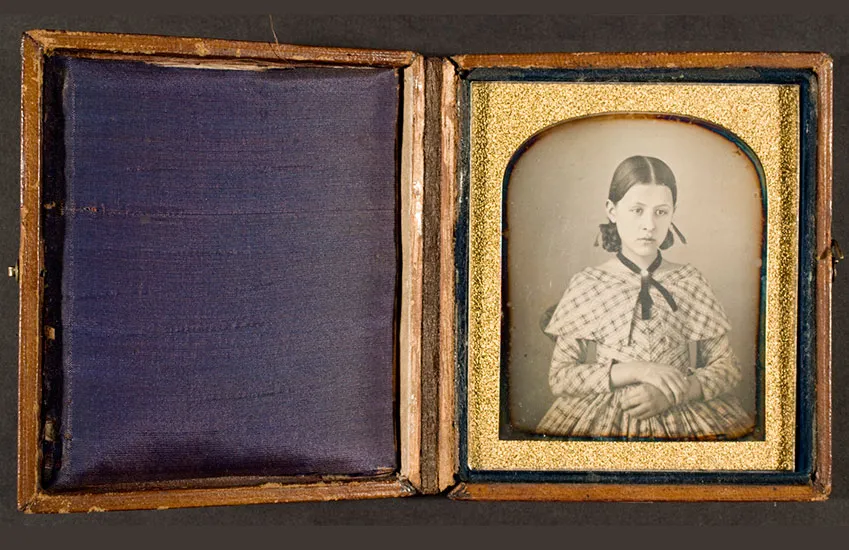
The daguerreotype was the first commercially successful photographic process (1839-1860) in the history of photography, each daguerreotype is a unique image on a silvered copper plate. Compared to photographic paper, a daguerreotype is not flexible and is rather heavy. The daguerreotype is accurate, detailed and sharp. It has a mirror-like surface and is very fragile. Since the metal plate is extremely vulnerable, most daguerreotypes are presented in special housing. Numerous portrait studio’s opened their doors from 1840 onward. Daguerreotypes were very expensive, so only the wealthy could afford to have their portrait taken. Even though the portrait was the most popular subject, the daguerreotype was used to record many other images such as topographic and documentary subjects, antiquities, still lives, natural phenomena and remarkable events.
The silver-plated copper plate had first to be cleaned and polished until the surface looked like a mirror. Next, the plate was sensitized in a closed box over iodine until it took on a yellow-rose appearance. The plate, held in a lightproof holder, was then transferred to the camera. After exposure to light, the plate was developed over hot mercury until an image appeared. To fix the image, the plate was immersed in a solution of sodium thiosulfate or salt and then toned with gold chloride. Exposure times for the earliest daguerreotypes ranged from three to fifteen minutes, making the process nearly impractical for portraiture. Modifications to the sensitization process coupled with the improvement of photographic lenses soon reduced the exposure time to less than a minute.
Henry Fox Talbot

William Henry Fox Talbot is best known for his development of the calotype, an early photographic process that was an improvement over the daguerreotype of the French inventor Louis Daguerre. Talbot’s calotypes used a photographic negative, from which multiple prints could be made; had his method been announced but a few weeks earlier, he and not Daguerre would probably have been known as the founder of photography.

He briefly served in Parliament (1833–34) and in 1835 published his first article documenting a photographic discovery, that of the paper negative. These so-called photogenic drawings were basically contacted prints on light-sensitive paper, which unfortunately produced dark and spotty images. In 1840 he modified and improved this process and called it the calotype (later the talbotype). Unlike the original process, it used a much shorter exposure time and a development process following exposure.
Richard Maddox
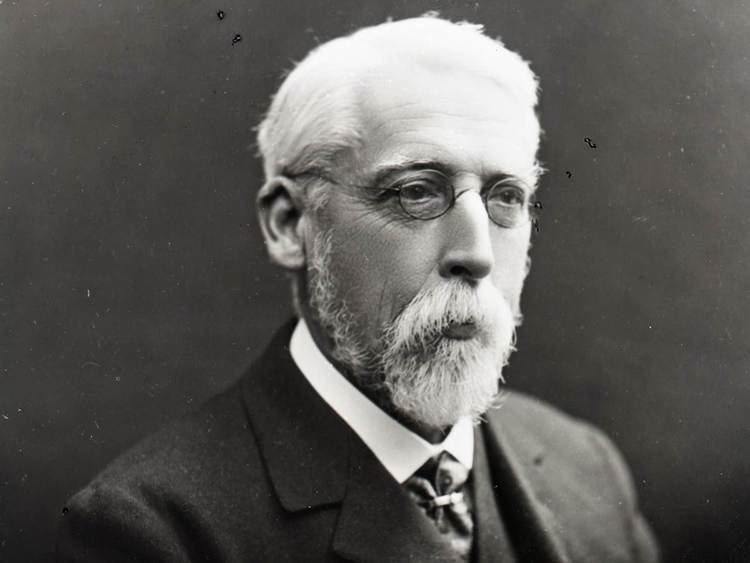
Richard Maddox is best known for his invention of lightweight gelatin negative plates for photography in 1871.
The Collodion process was invented in 1851 by Frederick Scott Archer. This invention required only two to three seconds of light exposure to produce an image, but plates had to be sensitized at the time of exposure, exposed while the emulsion was still wet, and processed immediately after exposure in the camera. When he noticed that his health was being affected by the ‘wet’ collodion’s ether vapour, Maddox began looking for a substitute.
The advantages of the dry plate were obvious: photographers could use commercial dry plates off the shelf instead of having to prepare their own emulsions in a mobile darkroom. Negatives did not have to be developed immediately. Also, for the first time, cameras could be made small enough to be hand-held, or even concealed: further research created ‘fast’ exposure times, which led to ‘snapshot’ photography.
George Eastman
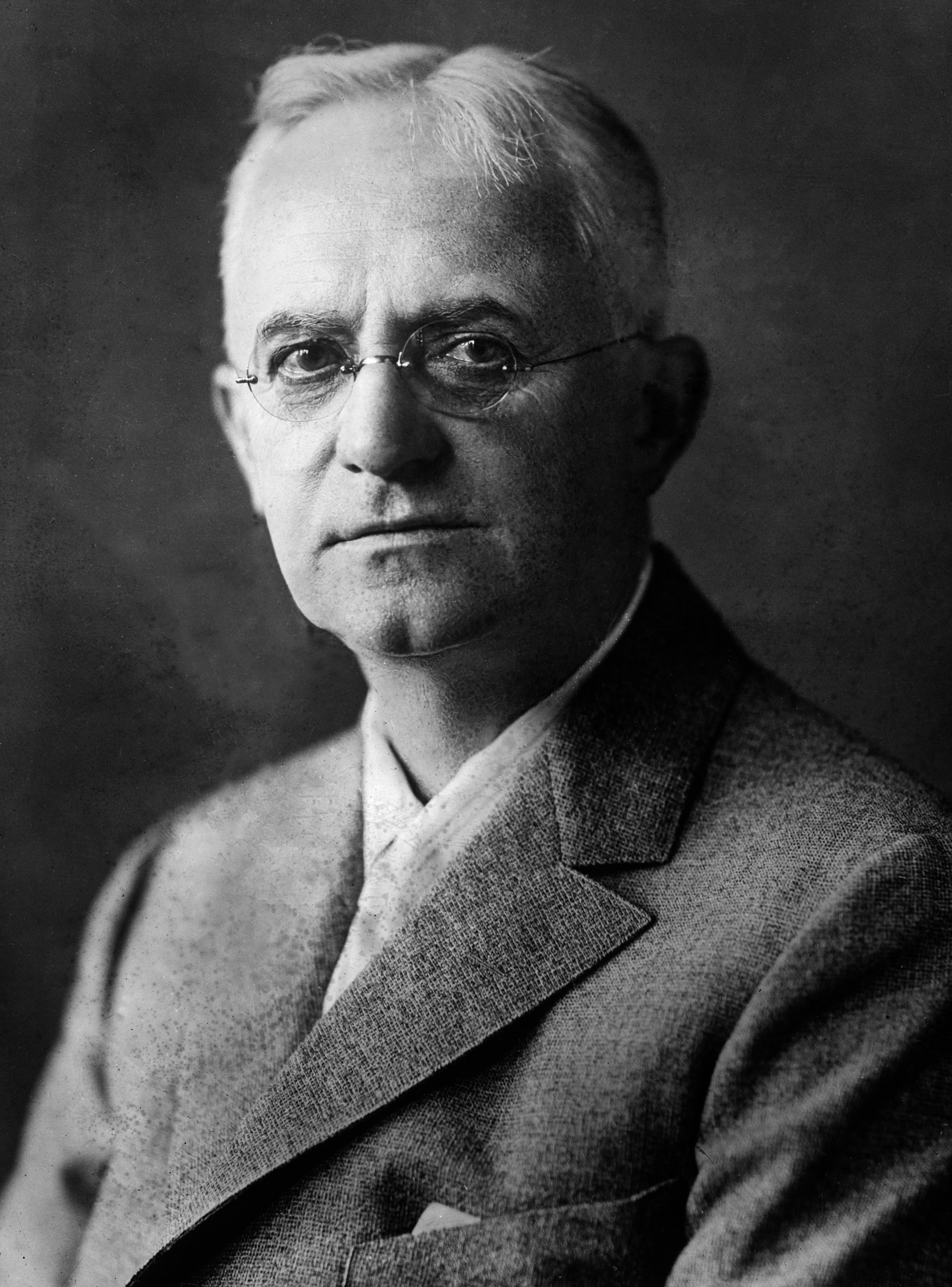
George Eastman was an entrepreneur, a philanthropist, and the pioneer of popular photography and motion picture film.
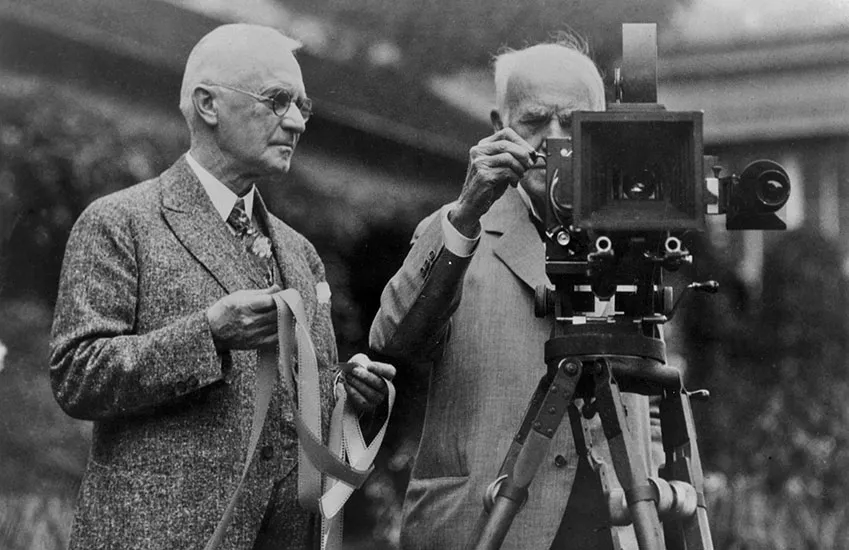
Eastman spent three years in his mother’s kitchen experimenting with gelatin emulsions, and by 1880, he had invented and patented the dry-plate coating machine. In 1881, with the financial backing of Rochester businessman Henry Strong, Eastman formed the Eastman Dry Plate Company (reincorporated as the Eastman Dry Plate and Film Company in 1884 and as Eastman Kodak Company in 1892). With a series of innovations, the company created easy-to-use cameras that made photography widely accessible, established the practice of professional photofinishing, and developed a flexible film that was a critical contribution to the launch of the motion picture industry.
Kodak (Brownie)

The Brownie was a series of cameras made by Eastman Kodak. Introduced in 1900, it introduced the snapshot to the masses. It was a basic cardboard box camera. The name comes from the brownies (spirits in folklore) in Palmer Cox cartoons. Over 150,000 Brownie cameras were shipped in the first year of production. An improved model, called No. 2 Brownie came in 1901. Brownies were extensively marketed to children, with Kodak using them to popularise photography. They were also taken to war by soldiers.

The cameras continued to be popular and spawned many varieties, such as a Boy Scout edition in the 1930s. In 1940, Kodak released the Six-20 Flash Brownie, Kodak’s first internally synchronized flash camera, using General Electric bulbs. In 1957, Kodak produced the Brownie Starflash, Kodak’s first camera with a built-in flash. The last official Brownie camera made was the Brownie II Camera, a 110 cartridge film model produced in Brazil for one year in 1986.
Film/Print Photography

Print film, when developed, produces transparent negatives with the light and dark areas and colours (if the colour film is used).
Film photography is the art of taking photographs on thin, transparent strips of plastic we call the film. One side of the film strip is coated with a gelatin emulsion that contains small silver halide crystals, which determine the contrast and resolution of a photograph. Silver halide crystals are light-sensitive. The more light they’re exposed to, the brighter and less detailed the photograph will be.
The first flexible photographic roll film was sold by George Eastman in 1885, but this original “film” was actually a coating on a paper base. As part of the processing, the image-bearing layer was stripped from the paper and attached to a sheet of hardened clear gelatin. The first transparent plastic roll film followed in 1889.
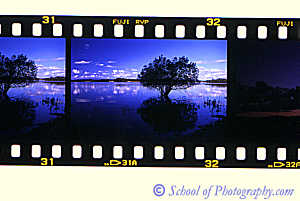
After you shoot the film, you have to develop it in the darkroom. Manually “editing” in the darkroom involves different techniques in the printing process. The two simplest exposure techniques are dodging and burning. Dodging is decreasing the exposure to make part of a photograph lighter. Burning involves increasing the exposure to make part of a photograph darker. You can also adjust things like contrast, shadows, highlights, and colour.
Digital Photography

While digital photography has only relatively recently become mainstream, the late 20th century saw many small developments leading to its creation. Digital photography started in the 1950s, in 1951 the first digital signals were saved to magnetic tape via the first videotape recorder. Following this, in 1957 the first digital image was produced through a computer by Russell Kirsch.
The first published colour digital photograph was produced in 1972 by Michael Francis Tompsett using CCD (charge-coupled device) sensor technology and was featured on the cover of Electronics Magazine.

The first digital single-lens reflex (DSLR) camera was the Nikon SVC prototype demonstrated in 1986, followed by the commercial Nikon QV-1000C released in 1988. The advent of digital photography also gave way to cultural changes in the field of photography. Unlike with traditional photography, dark rooms and hazardous chemicals were no longer required for post-production of an image, images could now be processed and enhanced from behind a computer screen in one’s own home. This allowed photographers to be more creative with their processing and editing techniques. As the field became more popular, types of digital photography and photographers diversified.
The camera phone helped popularize digital photography, along with the internet, social media and the JPEG image format. The first cell phones with built-in digital cameras were produced in 2000 by Sharp and Samsung.
William Collie
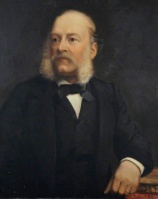
Collie was born in Scotland in October of 1810, he started his professional life as a portrait painter. He moved south and is recorded as living in St Helier, Jersey, before 1841 where he had a portrait business. In the late 1840s, he made a series of genre calotype portraits depicting ‘French and Jersey Market Women’,

Calotype is an early photographic process introduced by William Henry Fox Talbot in 1841. The term calotype comes from the Ancien Greek (kalos), “beautiful”, and (tupos), “impression”.
The calotype is sometimes called a “Talbotype.” This process uses a paper negative to make a print with a softer, less sharp image than the daguerreotype, but because a negative is produced, it is possible to make multiple copies. The image is contained in the fabric of the paper rather than on the surface, so the paper fibers tend to show through on the prints.
